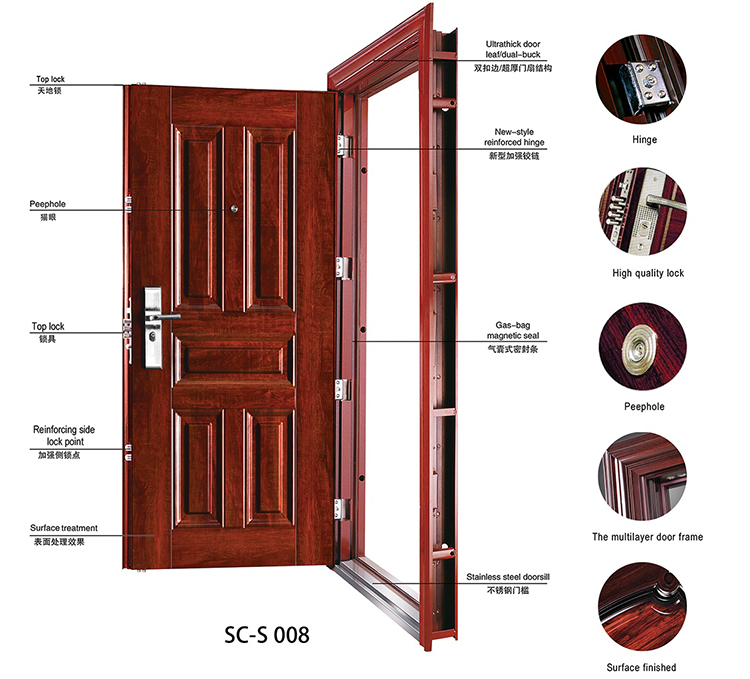In recent years, the construction industry has faced new challenges and opportunities as environmental awareness and sustainable development concepts gain traction. Traditional materials like wood, steel, and concrete, while versatile, struggle with high resource consumption and pollution. Enter Wood-Plastic Composites (WPCs)—a innovative green building material that blends sustainability with performance.
Why Wood-Plastic materials Composites Are Gaining Popularity
WPCs combine wood fibers with plastic polymers, creating a durable, low-maintenance, and eco-friendly material. By using recycled plastic, WPCs reduce waste, while wood fibers lessen reliance on virgin timber. This dual benefit aligns with global sustainability goals.
Key Drivers of the WPC Market
-
Plastic Waste Crisis: Humans produce over 349 million tons of plastic waste annually, a figure projected to double by 2060. WPCs help mitigate this by repurposing recycled plastics. Organizations worldwide are researching ways to integrate more recycled content into composites.
-
External Resource: Learn more about plastic waste trends from UNEP’s Global Waste Management Outlook.
-
-
Climate Change and Carbon Emissions: Concrete and steel are carbon-intensive, with the cement industry alone contributing 9% of global CO₂ emissions. WPCs offer a lower-carbon alternative, and their insulating properties help regulate indoor temperatures.
-
Municipal Engineering Demand: Cities increasingly use WPCs for parks, sidewalks, and other infrastructure due to their durability and sustainability.
Challenges Facing Wood-Plastic Composites materials
Despite their potential, WPCs face hurdles:
-
High Initial Cost: The complex processing of wood fibers and polymers raises production costs, making WPCs pricier than pure wood or plastic in some markets (e.g., the U.S., Russia, and Canada).
-
Installation Considerations: Thermal expansion resistance must be factored in during installation, adding to expenses.
The Future of Wood-Plastic Composites materials
The WPC market is projected to exceed $20 billion by 2035, growing at a 13% CAGR. Key factors driving this expansion include:
-
Rising demand for natural fiber-reinforced composites (expected to grow from 11% in 2010 to 24% by 2030).
-
Depleting forest and fossil fuel resources, pushing industries toward sustainable alternatives.
How to Accelerate WPC Adoption
Manufacturers can boost WPC adoption by:
-
Cost Optimization: Using locally sourced fillers to reduce prices.
-
Highlighting Benefits: Emphasizing termite resistance and flame-retardant properties for safety-conscious buyers.
-
Education: Raising awareness about WPCs’ long-term savings and environmental benefits.
Conclusion: WPC as a Pillar of Green Construction materials
As the world shifts toward sustainability, Wood-Plastic Composites are poised to revolutionize the building sector. By addressing cost barriers and leveraging their eco-friendly advantages, WPCs can pave the way for a greener future.







一个回复